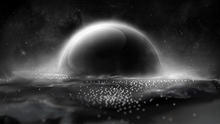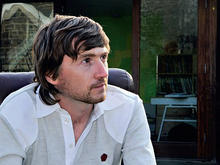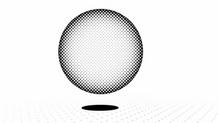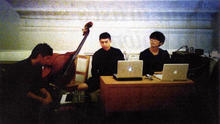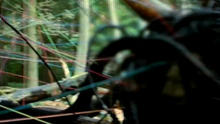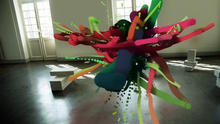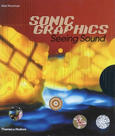Maxim Zhestkov
(1985) is a video artist, and motion and graphics designer based in Russia. After high school he undertook a degree in architecture, which he followed by studying graphic design, fine art, illustration and sculpture. In 2009 he signed to Partizan.
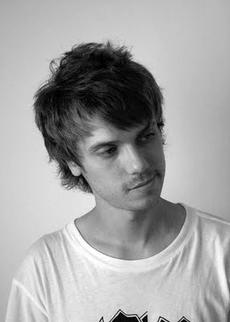
At the age of six Maxim Zhestkov was given his first computer, a ZX Spectrum, and devoted his time to drawing huge and very detailed illustrations. He was also a keen gamer, and believes his enthusiasm for design and CG effects can be traced back to those days. After high school Maxim undertook a degree in architecture, which he followed by studying graphic design, fine art, illustration and sculpture.
He says: "There are no limits in graphics - everything you can imagine is possible. But I have to say I still love architecture. It all started with 2d illustrations, that smoothly turned into 3d illustrations and spaces. Then I developed a passion for architecture and graphic design. Then I realized that the most important thing is video art!"
Source: Maxim Zhestkov's Website
One of Maxim's practices is to browse through hundreds of pages on Wikipedia in search of inspiration from all different fields - nature, design, fashion, architecture, abstract painting, high technology, space. That's how he builds his designs. "Any composition needs to begin with one or two main elements. The smaller the elements, the greater number of them there should be. You need to start with one or two main ideas and gradually build up the smaller elements until the space becomes rich with life." Maxim also advocates bringing together incompatible elements, "as in a dream." All his ideas are the result of combining two or three stencils, using existing patterns to form new ones.
In another interesting practice, Maxim discusses working after being awake for 48 hours. As might be expected, his work habits are somewhat nontraditional. He believes that time management can interrupt the aesthetic of surprise. "If everything goes according to the schedule, I don't think that something will turn out at the end. I like when the schedule shifts. When you're working for 48 hours with no sleep, you feel everything around you quite differently. I really love those kinds of experiments. Everything becomes so crystal clear and the idea bends into new patterns. Those are moments of enlightenment.”
While Maxim admits to being scared each time he embarks upon a new idea, he also insists that a designer should overcome that fear by continually striving for change, allowing new ideas to take off instead of becoming complacent with the same old idea. Collaboration is another key to his success. “Collaborations give remarkable ability to think 2, 3, 4, 5 times faster and deeper. Simple comments can deploy new worlds and expose things that were on the surface, but you had not noticed.”
Maxim describes the evolution of his creativity: “It all started with 2d illustrations, that smoothly turned into 3d illustrations and spaces. Then I developed a passion for architecture and graphic design. Then I realized that the most important thing is video art.” When asked where he will go next, Maxim says, “it’s difficult to predict the direction of this path. I enjoy the process of creating, the search for ideas, finding solutions to problems. Most likely, there will be feature films at the end of this road.”
Most importantly, Maxim listens to himself and doesn’t let other people's opinions affect his work. “It is better not to be serious about comments. Other people's opinions don’t always mean something.” He concluded by saying, “I do what I enjoy most in the world. I invent situations and do design. I am very pleased that it is possible to deal with this every day for 18 hours!”
Source: 99%


